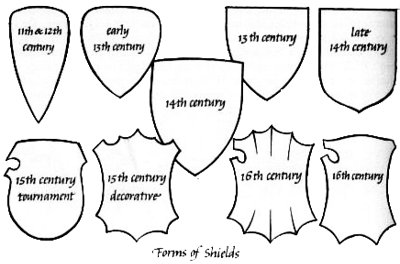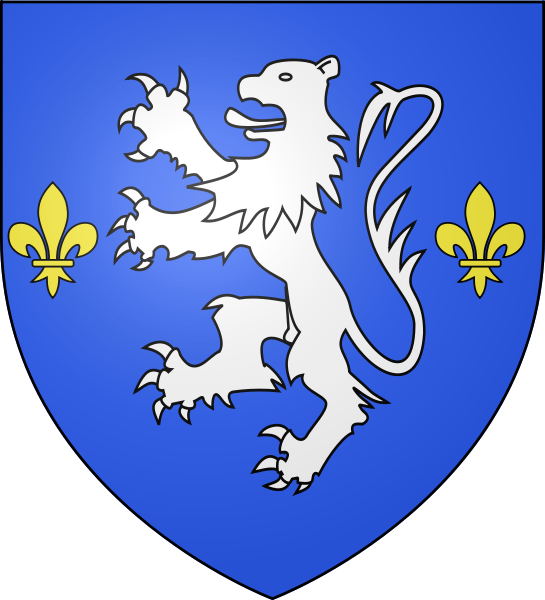
The shield, or escutcheon as it is also known, has a surface area called a field and it is the central area on which symbols and figures are painted that represents a coat of arms. In some cases, people today referred to coat of arms as a family crest. You can select any shape that you wish for your shield, but bear in mind that historically, a knight's shield was generally square at the top and coming to a point at the bottom They could and by about the year 1250, the shields used in warfare were almost triangular in shape, referred to as heater shields. A lozenge or diamond shape shield was usually used by women who didn't go to war, or for clergy who did not go into battle.
